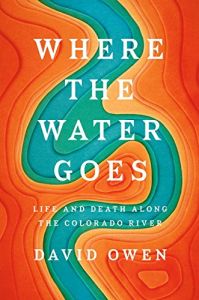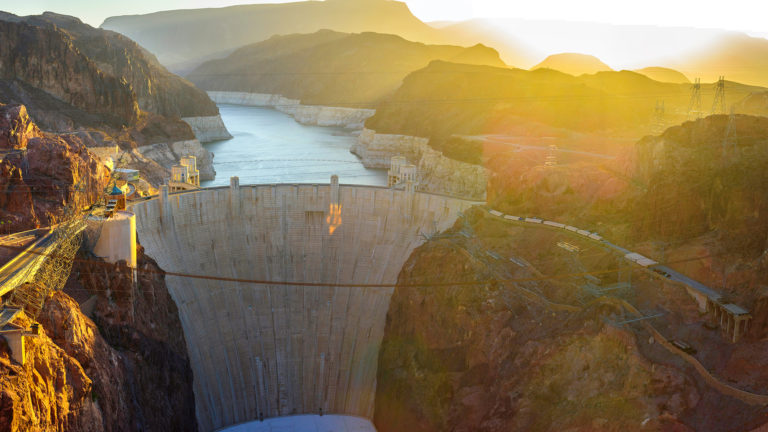Join getAbstract to access the summary!

Join getAbstract to access the summary!
David Owen
Where the Water Goes
Life and Death Along the Colorado River
Riverhead, 2017
What's inside?
Journalist David Owen explains Western US water policy in all its dangerous absurdity.
Recommendation
New Yorker staff writer David Owen’s treatise on water use in the Western United States reflects the treatment of fresh water sources all over the developed world. Owen puts a human face on competing water interests, revealing the nuanced complexity that so often surrounds resource allocation. He doesn’t identify good or bad guys – just thirsty people, thirsty crops and a lot of dead fish. getAbstract recommends Owen’s startling history of the Colorado River to policy makers, environmentalists, and all those who washed their face or brushed their teeth this morning.
Summary
About the Author
New Yorker staff writer David Owen also wrote Green Metropolis: What the City Can Teach the Country About True Sustainability and The Conundrum: How Scientific Innovation, Increased Efficiency, and Good Intentions Can Make Our Energy and Climate Problems Worse.



















Comment on this summary